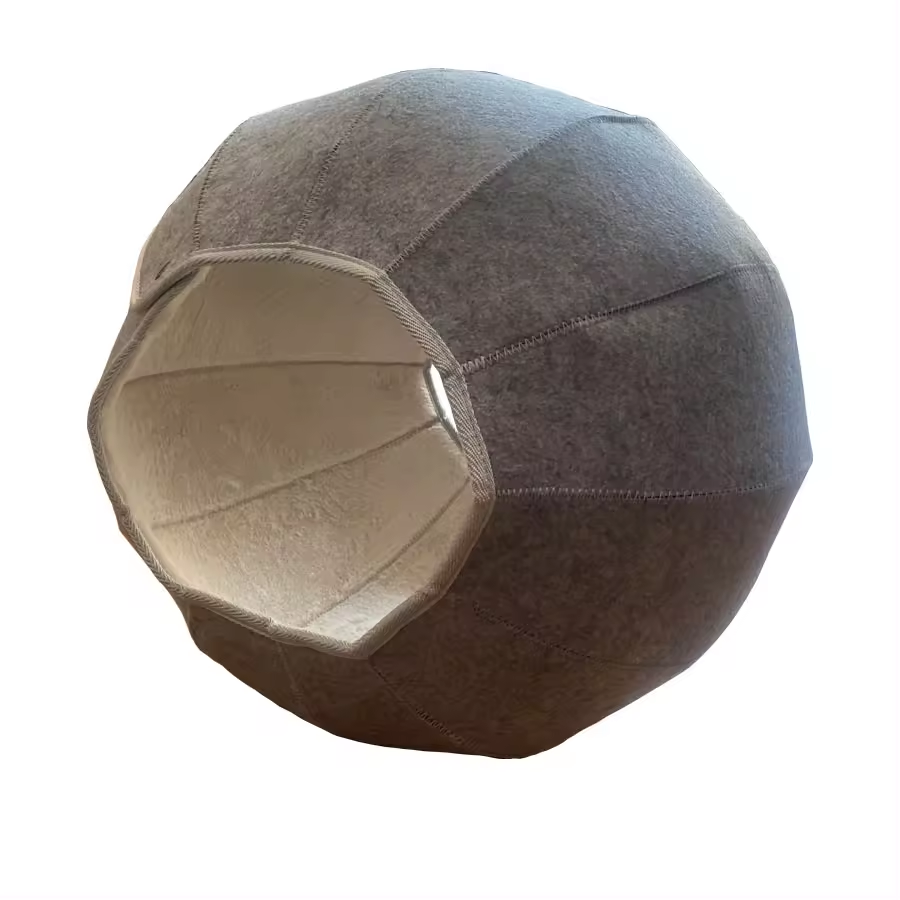The Role of Sound Absorbing Wall Art in Modern Spaces
In an increasingly busy and noisy world, the quest for tranquility in our living and working environments has never been more vital. As urbanization continues to rise, so does the cacophony of city life, not just from traffic and construction but from the humdrum of human activity. One innovative solution to this problem is sound absorbing wall art. This fusion of aesthetics and functionality allows for the creation of serene atmospheres without sacrificing style.
Understanding Sound Absorption
Before delving into the intricacies of sound-absorbing wall art, it's important to grasp the concept of sound absorption itself. Sound waves travel through various mediums, bouncing off hard surfaces and creating echoes and reverberations that can be disruptive and distracting. Sound-absorbing materials work by dissipating these sound waves, reducing noise levels and improving the overall acoustic quality of a space. This is particularly crucial in environments such as offices, restaurants, and studios, where clarity of communication is essential.
The Aesthetic Appeal of Wall Art
While traditional soundproofing solutions—like thick carpets, heavy curtains, and acoustic panels—are often effective, they can lack style and make a space feel heavy or industrial. Enter sound absorbing wall art, an innovative approach that combines design with practicality. These artworks are typically made from sound-absorbing materials like acoustic felt, foam, or fabrics specifically engineered to dampen sound.
What sets sound absorbing wall art apart is its potential to enhance the visual beauty of a room. Available in a myriad of designs, colors, and textures, these pieces can cater to any décor style, from modern minimalism to bohemian chic. They not only serve the primary function of reducing noise but also act as focal points that can elevate the aesthetic of any space.
sound absorbing wall art

Implementation in Various Spaces
Sound absorbing wall art has found its place in diverse environments. In workplaces, the integration of such art can foster a more productive atmosphere by minimizing distractions. Employees are better able to concentrate when noise levels are controlled, leading to increased efficiency and morale.
In restaurants and cafés, the bustling atmosphere is part of the charm, but excessive noise can drive customers away. Strategic placement of sound-absorbing artwork can balance the lively vibe of a social space while providing diners with a more pleasant auditory experience. Furthermore, in homes, especially in open-plan designs, these art pieces can delineate different areas while maintaining an airy feel, all while keeping noise at bay.
Customization and Personal Touch
One of the most compelling aspects of sound absorbing wall art is the ability to customize pieces to fit personal tastes and needs. Designers and artists can create bespoke works that reflect an individual’s personality or the ethos of a brand. This not only enhances the visual appeal but also allows for deeper connections with the artwork itself, transforming it into a conversation starter or a source of inspiration.
Conclusion
In summary, sound absorbing wall art represents a harmonious blend of functionality and aesthetics, offering a stylish solution to the growing noise pollution problem in modern environments. By thoughtfully implementing these pieces, we can create spaces that are not only visually appealing but also conducive to peace and productivity. As the demand for holistic living and working spaces continues to rise, sound absorbing wall art is poised to become an essential element in designing our experiences of everyday life. Whether in homes, offices, or public venues, these artworks are a testament to the fact that style and substance can coexist beautifully.
-
The Versatility Of Acoustic Wall Panels Makes Them Suitable For Various SettingsNewsOct.28,2024
-
More Enjoyable Solutions For Your SpaceNewsOct.28,2024
-
Give You A Comfortable And Quiet EnvironmentNewsOct.28,2024
-
Elevate Your Sound Experience with Acoustic SolutionsNewsOct.28,2024
-
Create Quiet Spaces with Wooden Acoustic PanelsNewsOct.28,2024
-
Achieve Superior Sound Quality And Stylish Design With Felt Wall PanelsNewsOct.28,2024
